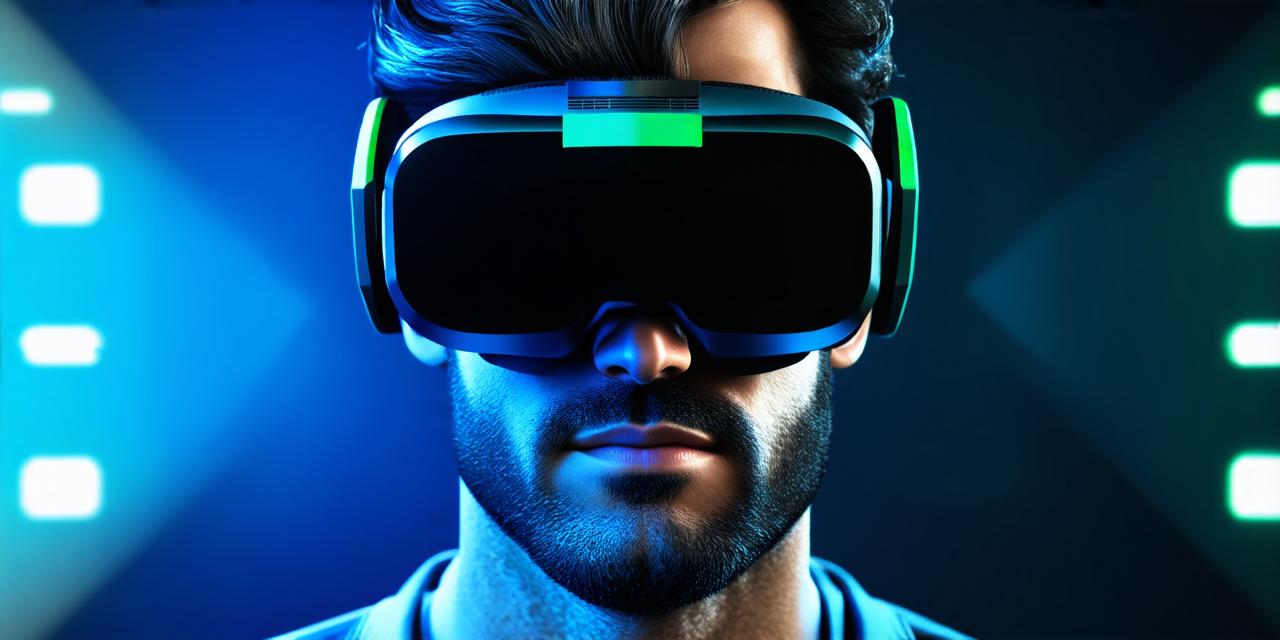What is Virtual Reality?
Virtual reality is a computer-generated simulation that creates an artificial environment that a person can interact with using specialized sensors and devices such as headsets, gloves, and motion controllers. The goal of VR is to create a completely immersive experience that blocks out the real world and allows the user to interact with a simulated reality.
What is Augmented Reality?
Augmented reality, on the other hand, is a technology that overlays digital information onto the real world. It uses cameras and sensors to capture the real-world environment, and then adds computer-generated graphics, images, and videos to create an enhanced version of the user’s surroundings.
Examples of VR and AR in Action
Let’s look at some examples of how VR and AR are being used in various industries:
Virtual Reality in Gaming
Virtual reality has revolutionized the gaming industry, providing players with an immersive experience that allows them to feel like they are truly inside the game. VR games can be played using specialized headsets such as the Oculus Rift or the HTC Vive, which provide a high-resolution display and advanced tracking technologies that allow the user’s movements to be accurately tracked in real-time.
Virtual Reality in Education
Virtual reality is also being used in education to provide students with a more engaging and interactive learning experience. VR simulations can be used to create virtual field trips, allowing students to explore historical sites, museums, and other educational locations without ever leaving the classroom.
Virtual Reality in Healthcare
Virtual reality is also being used in healthcare to provide patients with a more immersive and engaging experience during treatments such as surgery, therapy, and rehabilitation. VR can be used to create highly realistic simulations that allow doctors and therapists to practice complex procedures in a safe and controlled environment.
Virtual Reality in Space Exploration
Finally, virtual reality is being used in space exploration to allow scientists and astronauts to explore other planets and celestial bodies in a safe and controlled environment. VR can be used to create highly realistic simulations of different environments, allowing scientists to study the effects of gravity, radiation, and other factors on human health and survival.
Augmented Reality in Gaming
Augmented reality is also being used in gaming to provide players with an interactive experience that blends the real world with virtual elements. AR games can be played using smartphones or tablets, which use cameras and sensors to capture the real-world environment and overlay digital graphics on top of it.
Augmented Reality in Retail
AR is also being used in retail to provide customers with a more engaging and interactive shopping experience. AR applications can be used to overlay digital information onto products, providing customers with additional details about the product’s features, benefits, and price.
Exploring the Differences Between VR and AR
Conclusion
Virtual reality and augmented reality are two highly immersive technologies that are transforming the way we experience and interact with the world around us. While there are several key differences between them, both VR and AR have the potential to revolutionize a wide range of industries, from gaming and education to healthcare and retail. As these technologies continue to evolve, we can expect to see even more exciting and innovative applications in the future.
